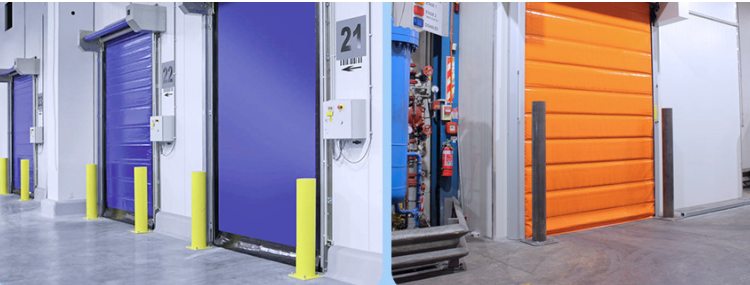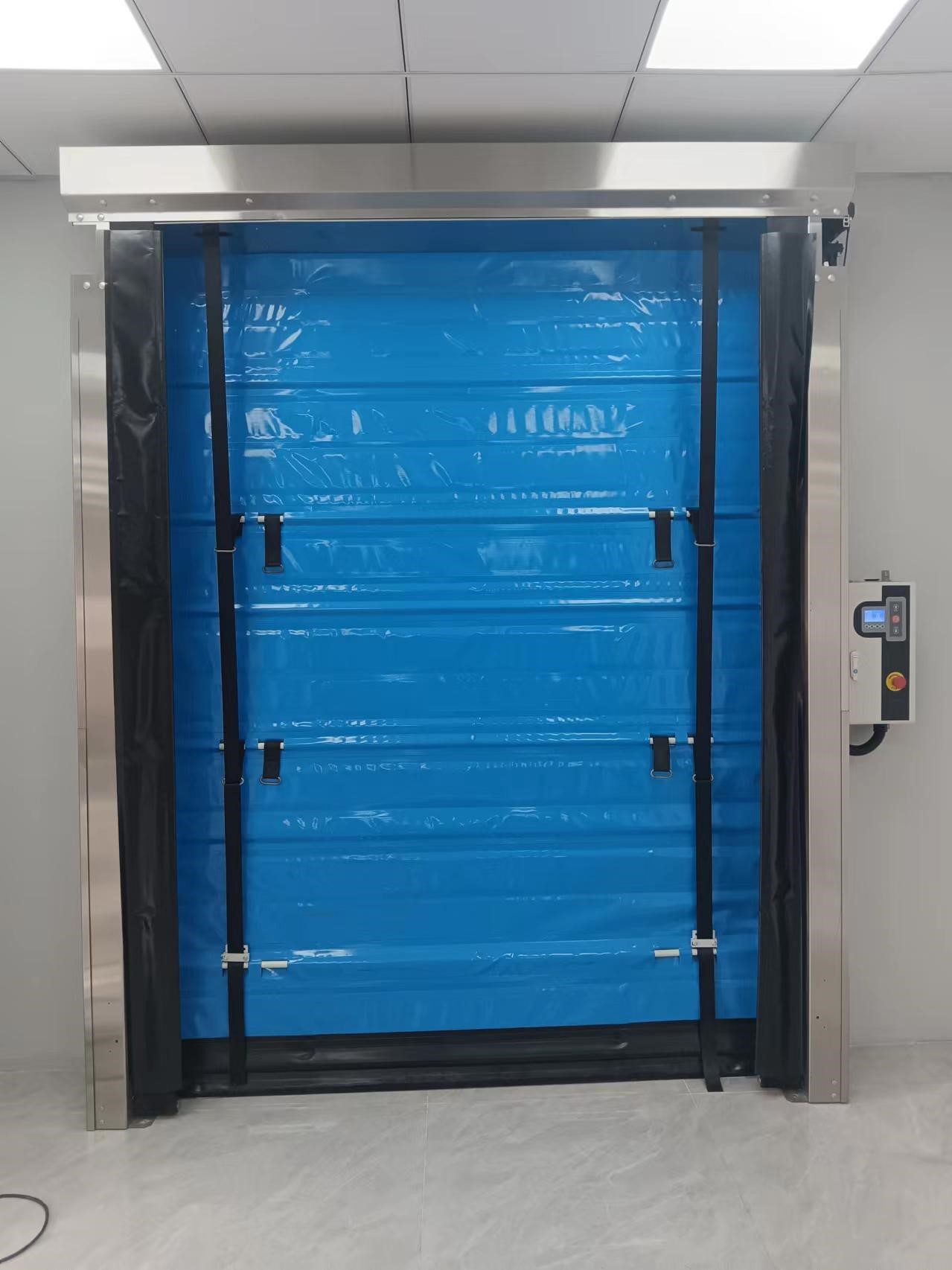
In the realm of cold storage, the choice of doors is not a one-size-fits-all scenario. The environment within a chilled room differs significantly from that of a freezer, necessitating doors designed to meet the specific demands of each space. This article delves into the differences between chilled and freezer cold storage doors, emphasizing why using the same doors for both cooling and freezing is not advisable.
Temperature Differences Between Chilled and Freezing
Before we explore the door differences, it's crucial to understand the temperature variations between chilled and freezing environments. Chilled rooms typically operate at temperatures just above freezing, often between 0°C and 4°C (32°F to 39°F). This range is ideal for preserving the freshness of fruits, vegetables, dairy products, and other perishable goods without freezing them. On the other hand, freezers maintain a sub-zero environment, usually between -18°C and -23°C (-0.4°F to -9.4°F), which is necessary for long-term storage of items like meat, ice cream, and certain prepared foods.
Can I Use the Same Doors for Cooling and Freezing Cold Rooms?

The short answer is no. The reasons are rooted in the materials, insulation, and design features that doors for these environments require. Here's why:
Material Durability: Freezer doors are constructed from materials that can withstand extreme cold without becoming brittle or losing structural integrity. Materials like stainless steel, which is resistant to corrosion and temperature fluctuations, are preferred. Chilled room doors, while also durable, do not need to be as robust against low temperatures.
Insulation Requirements: The insulation in freezer doors is more substantial than in chilled room doors. This is because freezers need to maintain a temperature far below that of chilled rooms, requiring better insulation to minimize heat transfer and prevent condensation. The insulation in freezer doors is often thicker and made from high-density materials like polyurethane foam, which offers superior thermal resistance.
Sealing and Gaskets: Freezer doors feature more robust sealing systems to prevent warm air from entering and cold air from escaping. The gaskets on these doors are designed to withstand freezing temperatures and maintain a tight seal even when the door is frequently opened and closed. Chilled room doors, while also equipped with seals, do not require the same level of airtightness since the temperature differential is not as extreme.

Design Features: Freezer doors often come with additional features not found on chilled room doors, such as heated frames or panels to prevent icing around the door edges. These features are essential for ensuring that the door can be easily opened and closed, even in sub-zero conditions. Chilled room doors, not facing the same risk of icing, do not require these added features.
Energy Efficiency: The design of both types of doors is aimed at maximizing energy efficiency, but the strategies differ. Freezer doors are engineered to minimize heat gain, which is a more significant concern in sub-zero environments. Chilled room doors focus on maintaining a consistent temperature just above freezing, which requires less energy to achieve.
Conclusion
Company Name:Shanghai Honwei Automation Co., Ltd. HITCH (SHANGHAI) IMPORT& EXPORT CO., LTD.
Name: Phyllis Liang
Mobile:+86 15316076035
Tel:+86 21 61767181
Whatsapp:+86 15316076035
Email:info@highspeeddoor.cn
Email:kevin.jiang@powever.com.cn
Add:Room 301-302, Building 1, No. 1355, Chengbei Road, Jiading District, Shanghai
Post code:201800